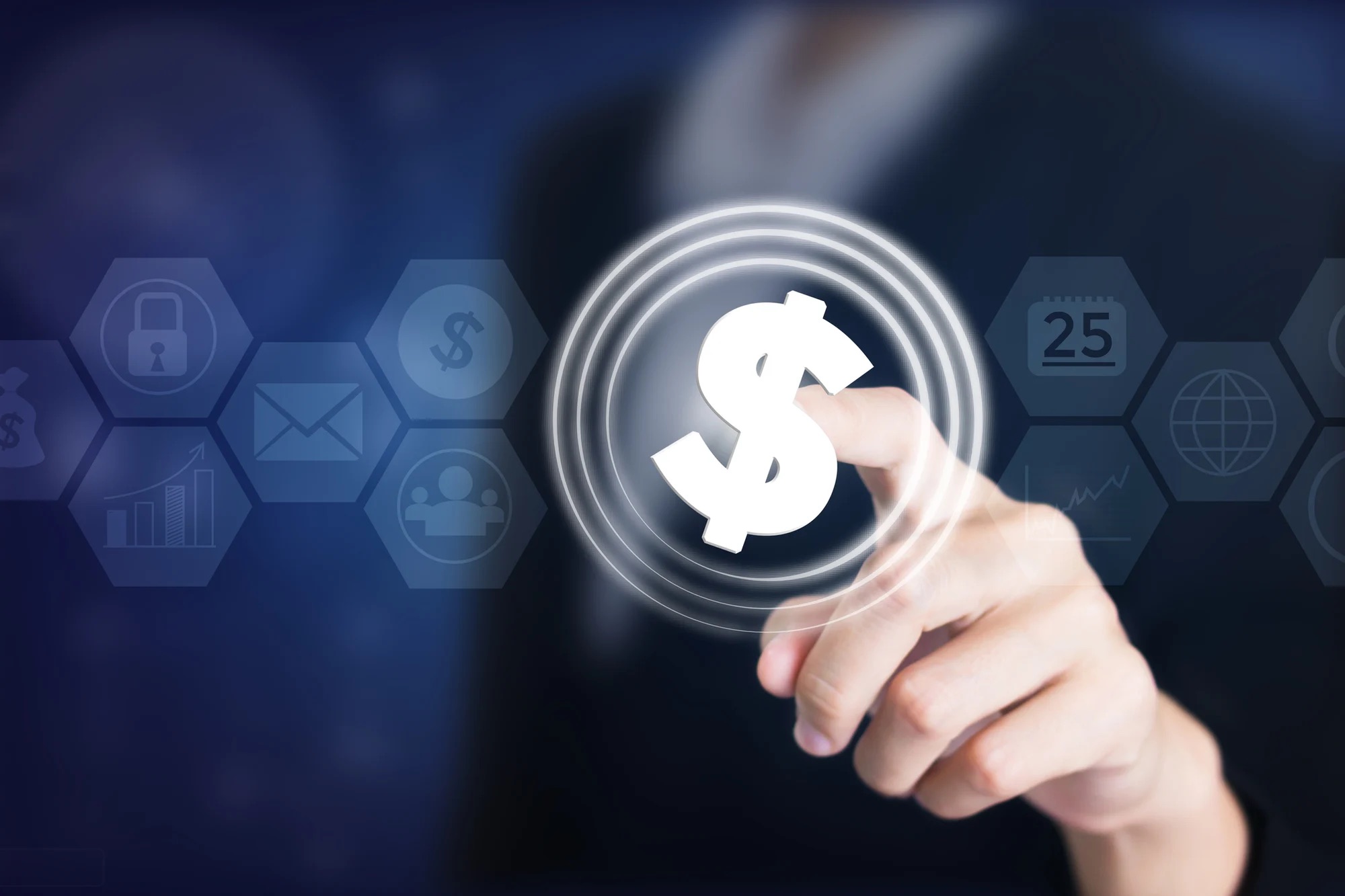Blockchain platform RLN as a tool for learning digital currencies
A number of U.S. banks, including Mastercard, Citi, PNC Bank, and others, launched a joint project to test the digital dollar. A special blockchain platform RLN was developed for this purpose. The project will last 12 weeks, during which participants will be able to test the concept of this platform, the quality and usability of its design. The RLN uses only the dollar as currency, with banks simulating the issuance of tokens, which are customer deposits. Settlement on the blockchain platform is done through created versions of Central Bank reserves.
The project is fully regulated by the current standards and rules of U.S. legislation, which regulate the activity of deposit payments and prevent money-laundering operations. Moreover, the authors of the platform are considering in the future the possibility of expanding operations to include various digital assets, including stablecoins. For now, the project is at the testing stage, where all data and transactions are fully simulated. And the authors of the blockchain platform do not believe that the success of the RLN could be a reason for the Fed to stimulate the issuance of the digital dollar. In this case, the project should show how the system works, its weaknesses, and strengths for the banking system.

It should be noted that the RLN is not the first case of exploring the possibilities of digital assets. The Cedar Phase II x Ubin+ program, which is implemented by the FRB Innovation Center together with the Singapore Monetary Authority, is already in operation. In this case, the goal is to assess the capabilities of the central bank’s digital currency and its effectiveness for cross-border payment transactions. The developers pay special attention to how compatible the digital currency will be in different networks and whether it will be able to maintain its effectiveness. The first phase of the project involved spot transactions using different currencies and registries. For this purpose, a certain blockchain was used, which had the ability to realize the output of transactions where not all assets were spent. At the same time, the authors of the project want to increase the level of protection in international transactions with different currencies through the expansion of cross-border infrastructure and increase the compatibility of the digital dollar with other types of money.
At the same time, the Fed has not yet decided to launch a digital dollar, the regulator does not yet see the need for such a step. Earlier it was reported that the Federal Reserve is carefully studying this issue, and now there is the development of a strategy. However, it is too early to talk about any significant results. In contrast to the Fed, China is actively testing its own digital yuan in a number of regions and can already talk about some success in this direction.




